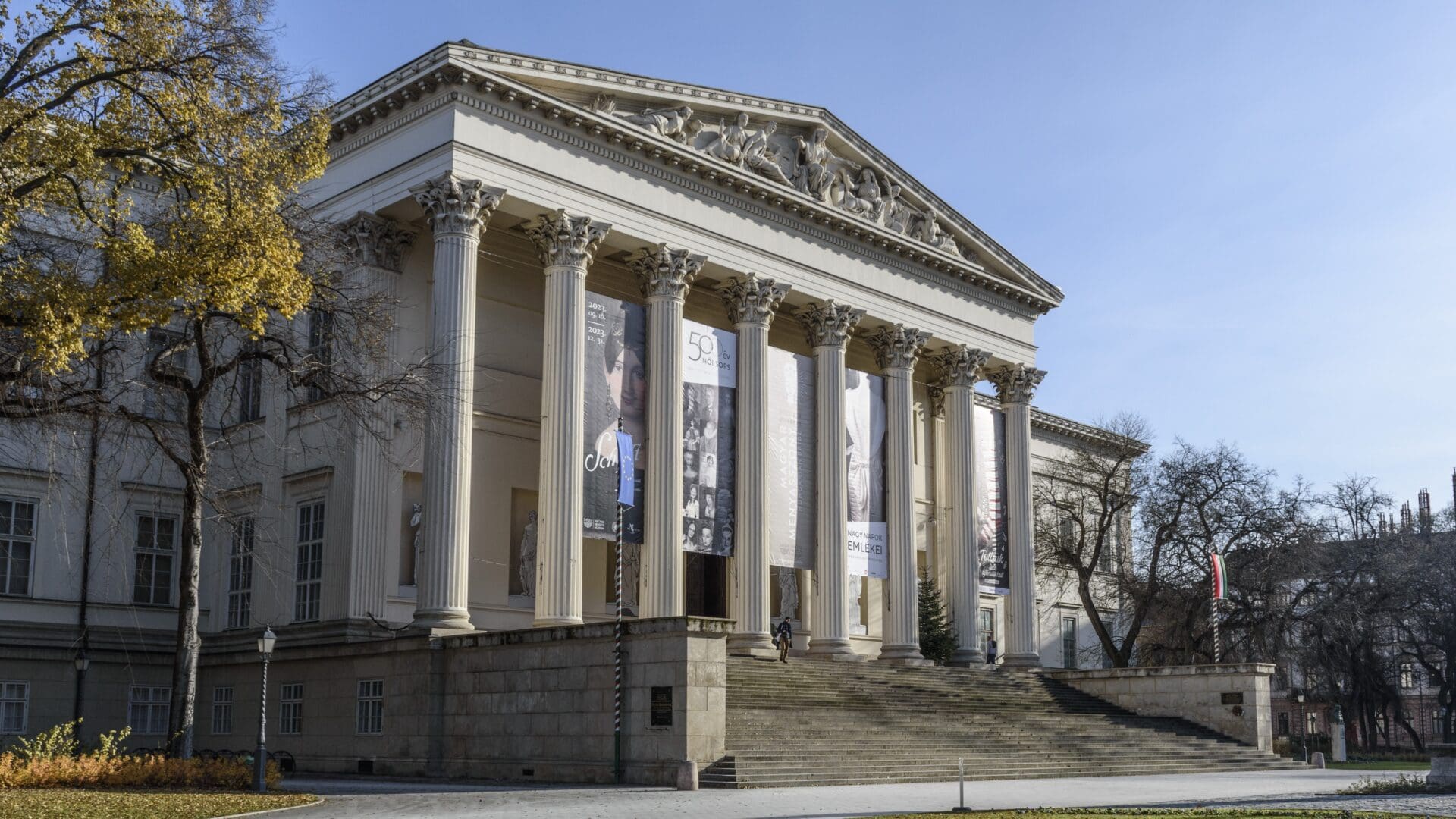‘A national supervisory authority has been created with the establishment of the Széchényi Ferenc Centre for Public Collections, formed by the merger into a single holding of six domestic institutions,’ Minister of Culture and Innovation János Csák explained on Wednesday on cable news channel Hír TV.
Csák emphasized that the transformation is in fact not radical because it includes everything that expresses Hungarian identity, cultural heritage, and traditions, encompassing the corpus representing the 1100 years of Hungarian history. The holding includes the Hungarian National Museum with archaeology and material artefacts, the Petőfi Literary Museum, the National Széchényi Library, the Hungarian Museum of Natural Sciences, the Hungarian Museum of Commerce and Hospitality, and the Museum of Applied Arts.
‘The institutions themselves are not the important part of the transformation; rather, it’s how the Hungarian identity and message can be conveyed,’ stated the minister, adding that they aim to achieve a breakthrough similar to what was accomplished with last year’s ‘Hungarian Genius’ travelling exhibition, which toured the entire Carpathian Basin.
Regarding the establishment of the Széchényi Ferenc Centre, the minister explained that it was necessary to find the right person and the right time, which has now arrived with the appointment of the new director of the Hungarian National Museum. Szilárd Demeter came up with a plan that many had thought of before, including Kuno Klebelsberg, the iconic minister of culture in the 1920s, focusing on ‘how to create effective representation of Hungarian culture, which functions like a spearhead,’ Csák noted.
The minister stressed that the goal for the future is to ensure that ‘as many Hungarians and foreigners as possible can benefit from the fruits of Hungarian culture.’ He mentioned that there are many excellent exhibitions that go unnoticed because museums are not capable of showcasing them effectively. Therefore, in the future,
there will be marketing campaigns supporting museums that ‘offer viewers the rich palette that Hungarian culture—both written and material heritage—has to offer.’
Quoting Klebelsberg, Csák identified the task of governments as supporting high culture, creating Hungarian great achievements, showcasing them internationally, bringing international great achievements here, but most importantly, taking culture to the broadest sections of the nation. This task can be achieved not through separate entities but through one robust institution. The minister reminded that at the beginning of his term, seventy per cent of the state funds allocated to culture went to Budapest, while thirty percent went to the countryside. This ratio for the capital is now only 64 per cent, with an increase in the share going to the countryside.
His ministry has created a programme based on the 173 domestic districts, where national cultural institutions compile packages that do not require a trip to Budapest but are taken to the district centres. He explained that the pilot phase of the programme will end on 30 April in 43 districts and has been extremely successful. Further funds will be allocated to the programme, and from 1 May, it will be expanded to additional institutions. The minister stressed: ‘Future talents must be reached so that they become creators, good audiences, or even patrons.’
Csák also recalled the creation of the Pannonia Programme, which was necessitated due to the suspension of Hungarian participation in the Erasmus programmes. Pannonia is roughly the same size as Erasmus and covers the whole world, focusing on the mobility of both teachers and students.
‘To establish a consensus, we have renewed two bodies: the National Science Policy Council and the governing body of HUN-REN, and we have established a research excellence council, chaired by Ferenc Krausz, a Nobel laureate in physics,’ Csák added, also highlighting the crucial role of the John von Neumann Programme, adopted by parliament last year.
Related articles:
Sources: Hungarian Conservative/Hír TV/KIM








